Best Ways to Treat Toe Blisters On Your Own
Foot is an awkward place to have the blister on but toes make it even worse. If having a blister on your toe, the first thing you should not do is touch it or try to pierce it and make it burst in any way. Although blisters should be left uncovered in order for the skin to breathe, if they get exposed to rubbing or any similar action you should apply a bandage onto them.
Correct Ways to Place a Bandage Onto a Blister
First and foremost, keep it loose. If you secure the bandage too tight you may only make things worse by causing your blood flow to stop, resulting in numbness, tinkling sensation, and irritation, along with possible swelling. Since a toe presents an area hard to protect since you may need to wear shoes, protect it with pads, or, if possible, avoid wearing shoes until the blister disappears.
Since blisters are prone to infection, make sure you take care when it comes to proper hygiene and keep both your hands and the blister clean at all times. If, however, the blister is big and hard to cope with, try piercing it with a disinfected needle.
Sometimes, infections may develop under the blister and pus may occur. In such cases, try to remove the outer layer of the blister, enabling the young skin beneath to breathe, draining the pus beforehand and washing the spot immediately after.
If the blister has a small rupture, do not remove it but rather press it in order to make it flat and expel all the extra air that might have gone inside.
Finally, the usage of antibiotic ointments is highly recommendable, since these help the blister cope with the bandage better, and establish a bacteria-free environment. However, be careful not to use alcohol-based ointments or any other similar medications, since alcohol does not help. Additionally, check the substance the ointment may possess and make sure you are not allergic to them.
Additional Tips
Keep the blister clean and change or clean the bandages regularly. If the blister starts to grow, swell or cause you fever, you might be undergoing an infection caused by it and may need medical assistance. However, if the fever is not so serious, you may try to help yourself by using non-prescription anti-inflammatory medications and painkillers.
Nevertheless, be extra careful when taking those, read the medication's description and recommended dosage since you might take more than you should or may be allergic to some medications. The most secure way would be to ask a doctor for professional advice before using these medications. Also, in any cases of radical and extreme changes occurring either on the blister or your health, seek medical attention immediately.
- Apparatus was developed to cause the formation of heel blisters through controlled load application (70 kPa).
- One foot of each of the 30 healthy volunteers (21 men and 9 women), with an age range of 31 ± 8 years, was subjected to load until a blister formed, after which load application ceased and temperature measurements were taken at set times during the following 5.5 h. Temperature measurements were also taken using a contact thermometer.
- The majority of the participants (77%) blistered within 18 min of load application.
- All the blisters created showed significant increases in local temperature compared to baseline during blister creation (P
- There was a strong correlation between contact thermometry and thermographic temperature data (r > 8).


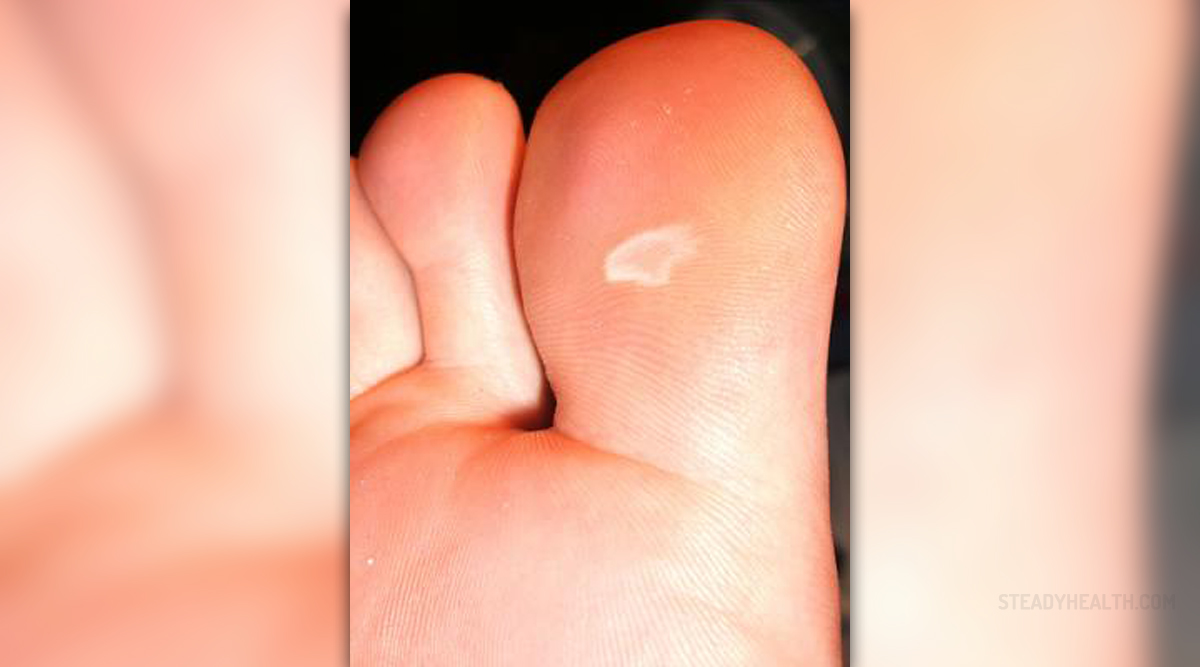
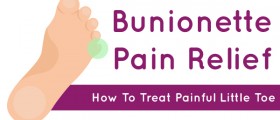
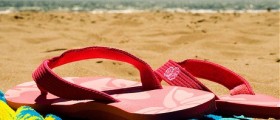
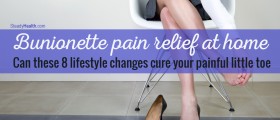
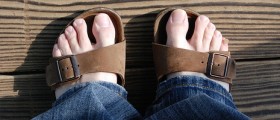

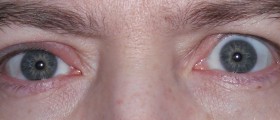

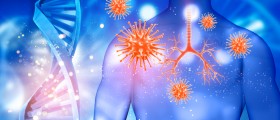
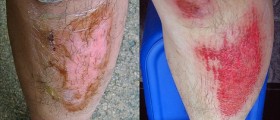
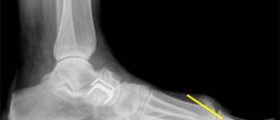
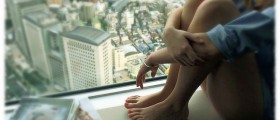
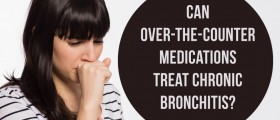
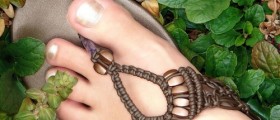
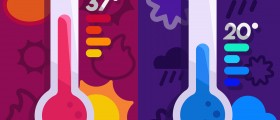
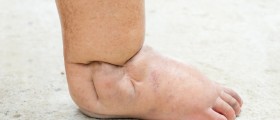
Your thoughts on this
Loading...